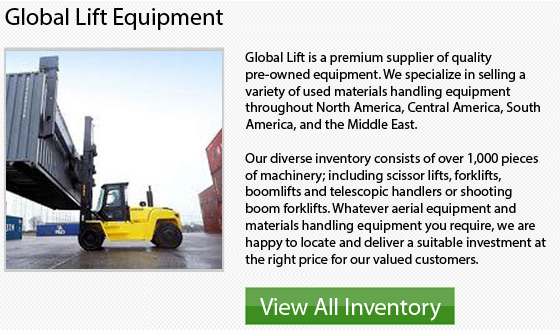
Forklift Tank Safety
One of the most common types of forklifts available on the market these days is a propane-powered forklift. The propane utilized to fuel these machinery has several properties that must be taken into account when working with the fuel tank. For example, it is vital that all Personal Protective Equipment or PPE is worn each time a driver is on the machinery and in a lot of places, on the jobsite.
PPE
As propane gas is very frigid, any exposure to your skin, no matter how minor, can lead to serious burns. Thus, it is a requirement that when you are exchanging the propane tank or completing a re-fueling process a complete face shield or safety goggles and thick gloves have to be worn for protection. Lots of workplaces require steel-toe boots to be worn as well when lifting heavy items is part of your task. Every workplace has different regulations set in place that pertain to the particular requirements of the company. Your supervisor will inform you of what kinds of PPE objects must be worn prior to your first shift.
No Smoking
In the refueling area, there can be no open flames or any kind of smoking going on because of the high flammability factor. Propane gas is highly flammable and it is really vital that it is never exposed to any kind of ignition source or a very dangerous exploding situation would unfold.
Inspect the Valve
Before connecting the fuel line during a tank exchange, make certain that the valve on the new tank is turned off. If you accidentally insert the fuel line into an open valve, propane gas will be released. Neglecting this factor can possibly lead to a really catastrophic situation.
Fire Extinguisher
When the tank is being changed out or during the re-fueling process, a fire extinguisher must be made available. The majority of companies require that a fire extinguisher be mounted on each forklift. This is an essential safety regulation that should be made a priority within the workplace.
Secure the Tank
The majority of propane tanks use a restraining device such as a strap to keep them stable. Be certain that this security feature is functioning well as it is being utilized for the important task to stop the tank from falling or shifting. A faulty restraining situation could cause the tank coming loose and falling or rolling around dangerous.